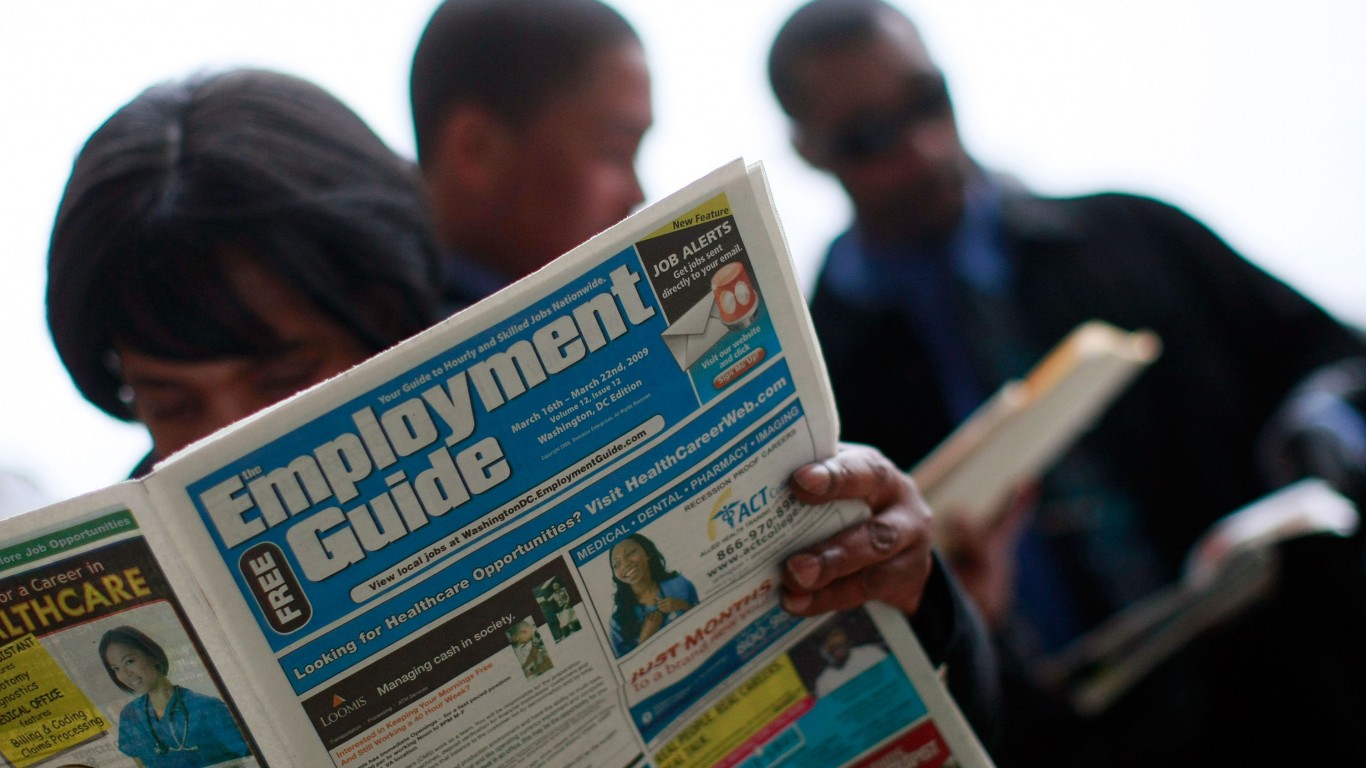Federal Reserve Chair Janet Yellen spoke at the Economic Club of New York on Wednesday, April 16, regarding monetary policy and the economic recovery. The initial reaction was that the speech was very dovish, but we would remind readers that the markets are still getting used to dealing with and interpreting Yellen’s verbiage and posturing when she speaks.
Yellen discussed how she and her colleagues on the Federal Open Market Committee (FOMC) view the state of the economy, as well as how this view is likely to shape efforts to promote a return to maximum employment in a context of price stability.
The FOMC’s current outlook foresees a gradual return over the next two to three years of economic conditions consistent with its mandate. That being said, the path of the economy is uncertain. Yellen also opined that effective policy must respond to significant unexpected twists and turns the economy may take.
Yellen said:
Nearly five years into the expansion that began after the financial crisis and the Great Recession, the recovery has come a long way. More than 8 million jobs have been added to nonfarm payrolls since 2009, almost the same number lost as a result of the recession. Led by a resurgent auto industry, manufacturing output has also nearly returned to its pre-recession peak. While the housing market still has far to go, it seems to have turned a corner.
ALSO READ: Eight Serious Indicators to Watch During This Pullback
The FOMC’s current outlook for continued and moderate growth is little changed from last fall, despite some recent weak indicators. Harsh winter weather also complicated this judgment, but Yellen and her colleagues generally believe that a significant part of the recent softness was weather related.
On the dual mandate, Yellen said:
The unemployment rate, at 6.7 percent, has fallen three-tenths of 1 percentage point since late last year. Broader measures of unemployment that include workers marginally attached to the labor force and those working part time for economic reasons have fallen a bit more than the headline unemployment rate, and labor force participation, which had been falling, has ticked up this year.
Inflation, as measured by the price index for personal consumption expenditures, has slowed from an annual rate of about 2-1/2 percent in early 2012 to less than 1 percent in February of this year. This rate is well below the Committee’s 2 percent longer-run objective. Many advanced economies are observing a similar softness in inflation.
Another speech regarding the timing of a Fed-put exit …
Take This Retirement Quiz To Get Matched With An Advisor Now (Sponsored)
Are you ready for retirement? Planning for retirement can be overwhelming, that’s why it could be a good idea to speak to a fiduciary financial advisor about your goals today.
Start by taking this retirement quiz right here from SmartAsset that will match you with up to 3 financial advisors that serve your area and beyond in 5 minutes. Smart Asset is now matching over 50,000 people a month.
Click here now to get started.
Thank you for reading! Have some feedback for us?
Contact the 24/7 Wall St. editorial team.


